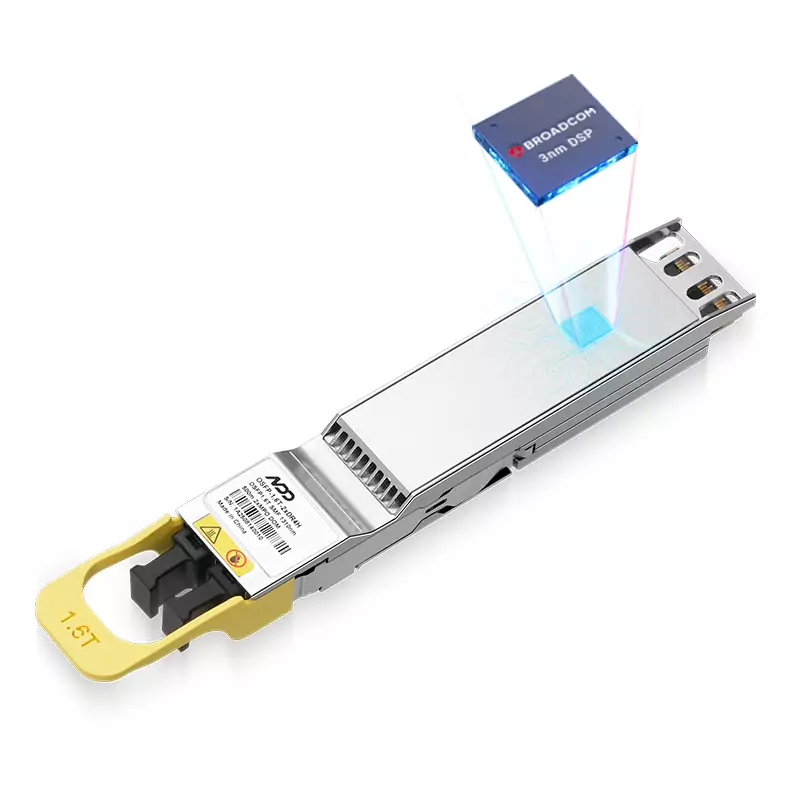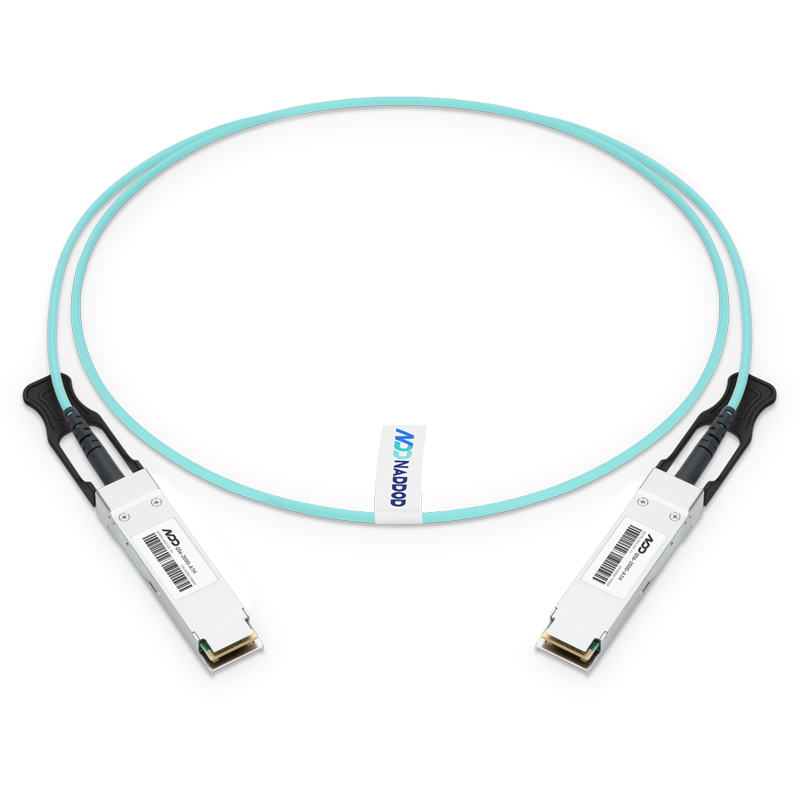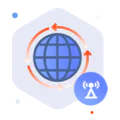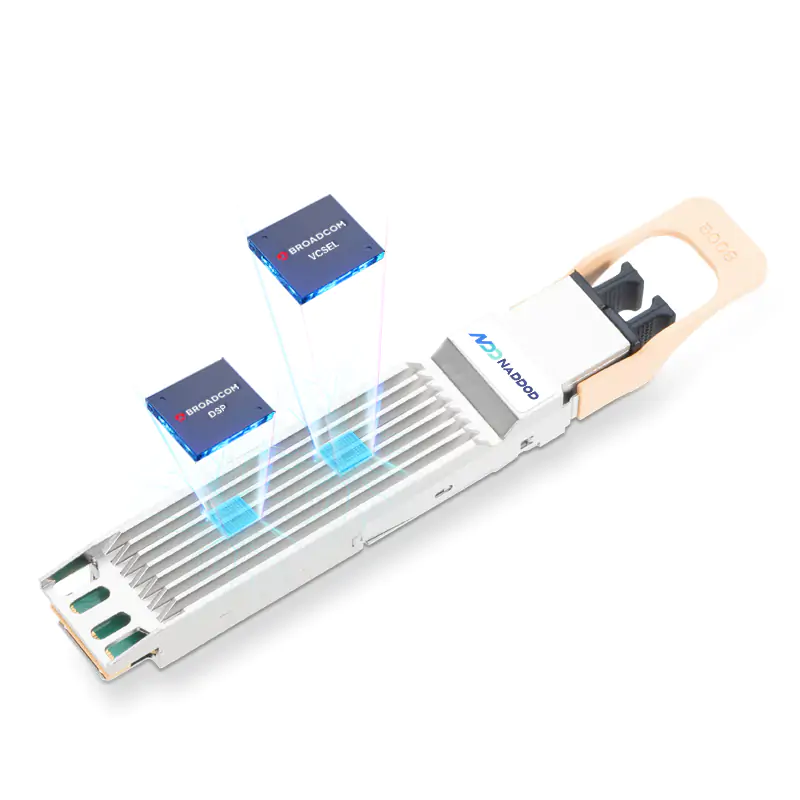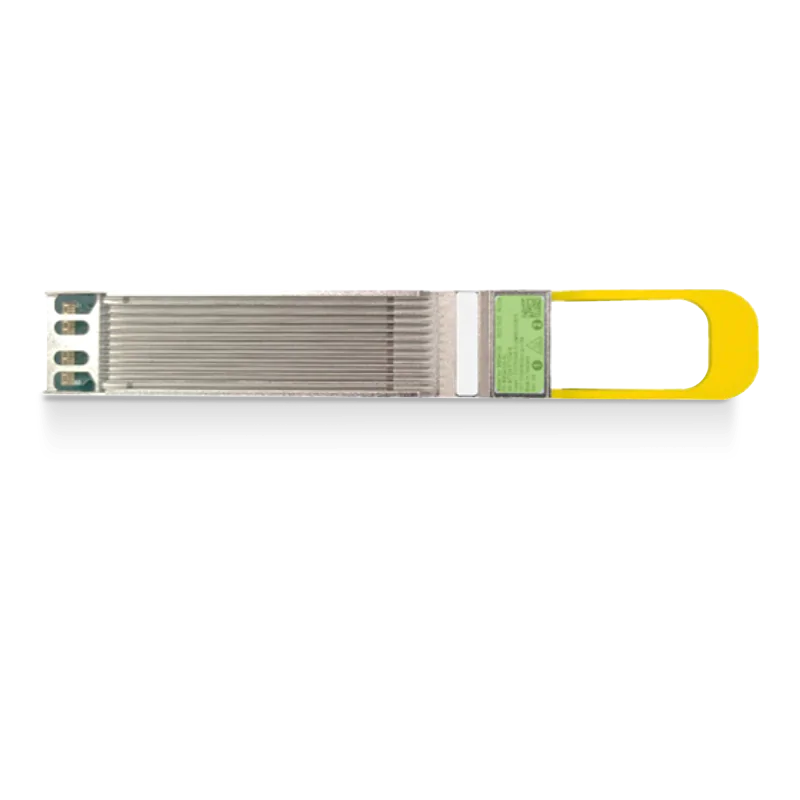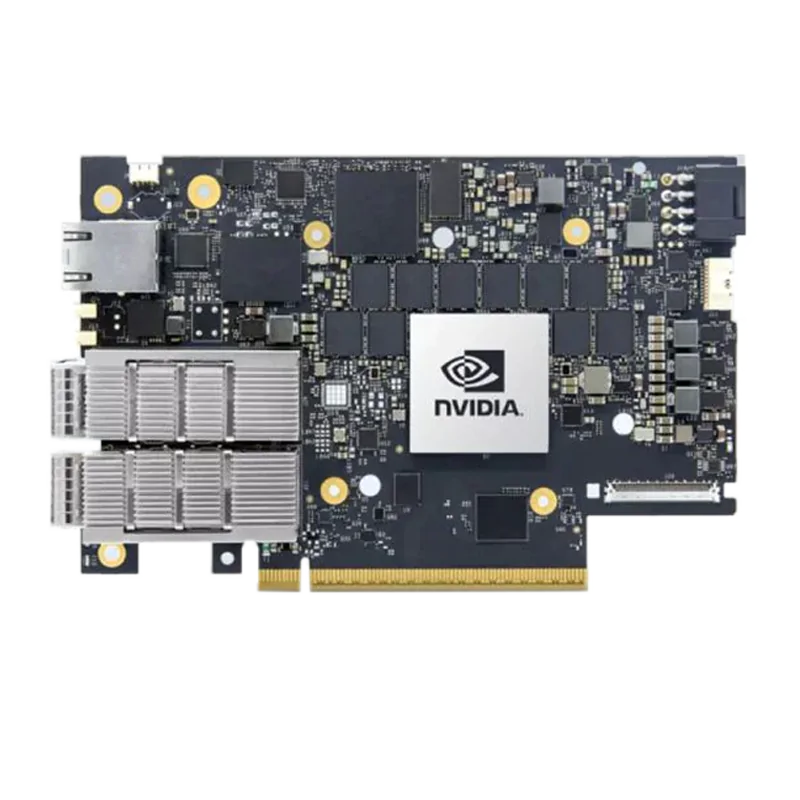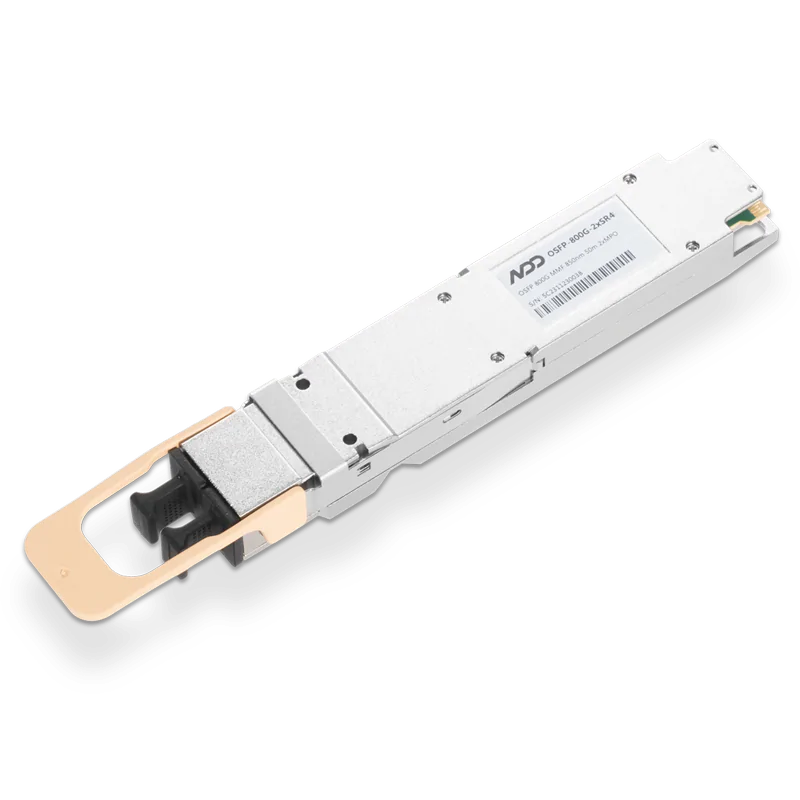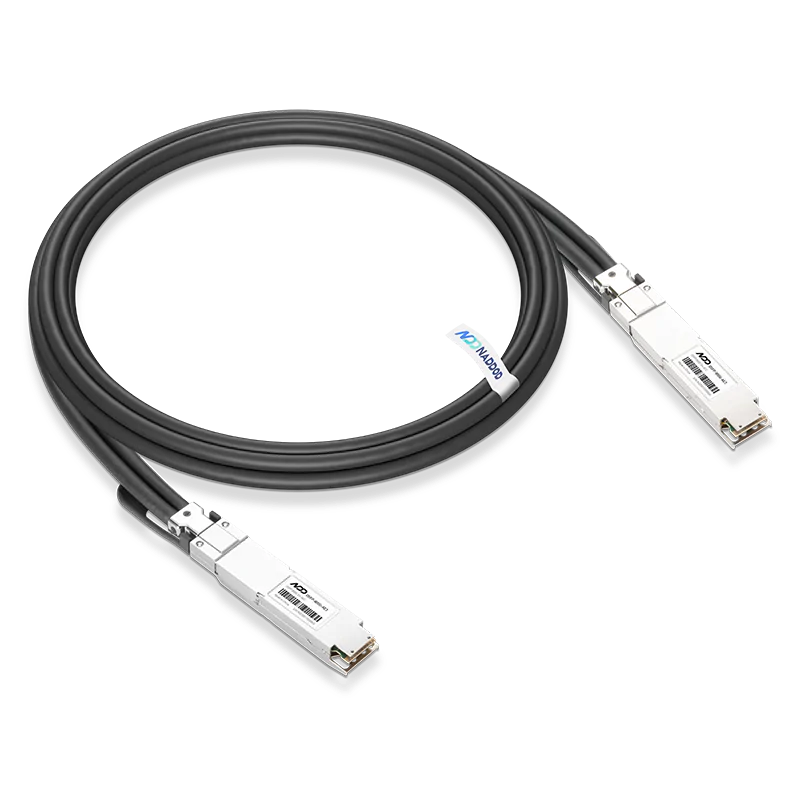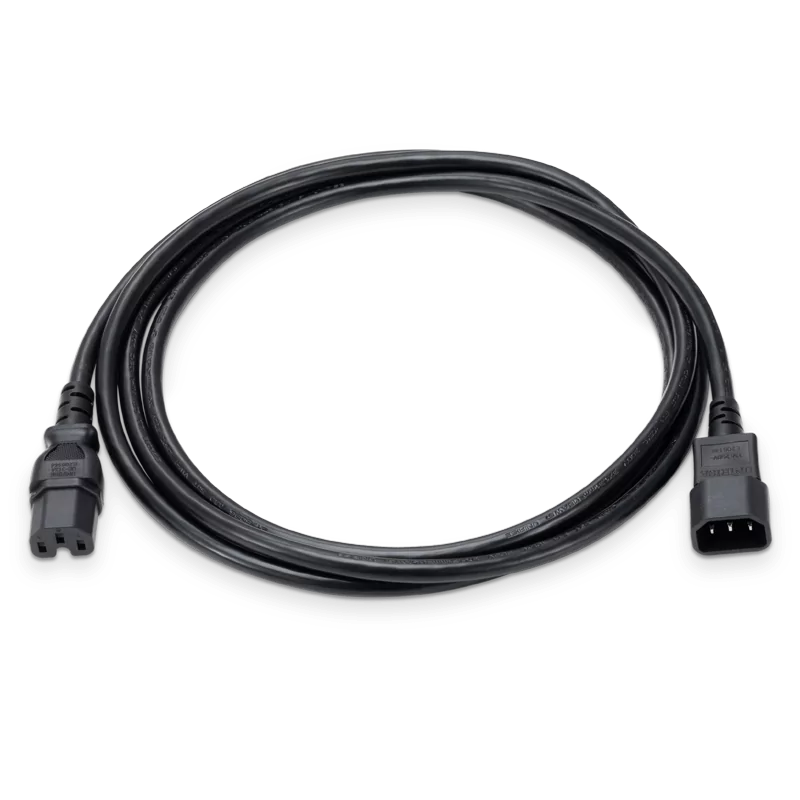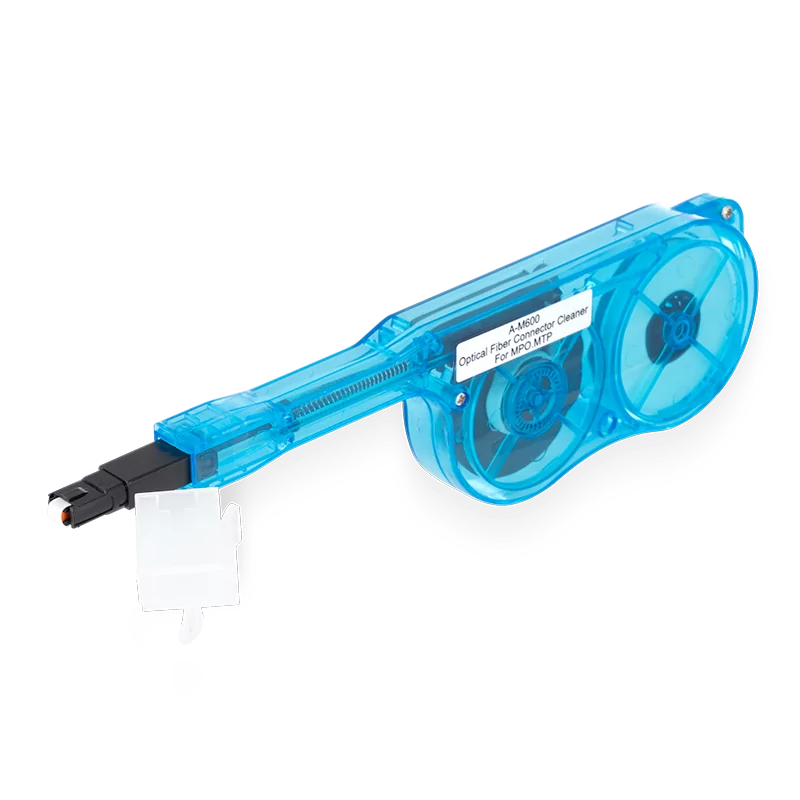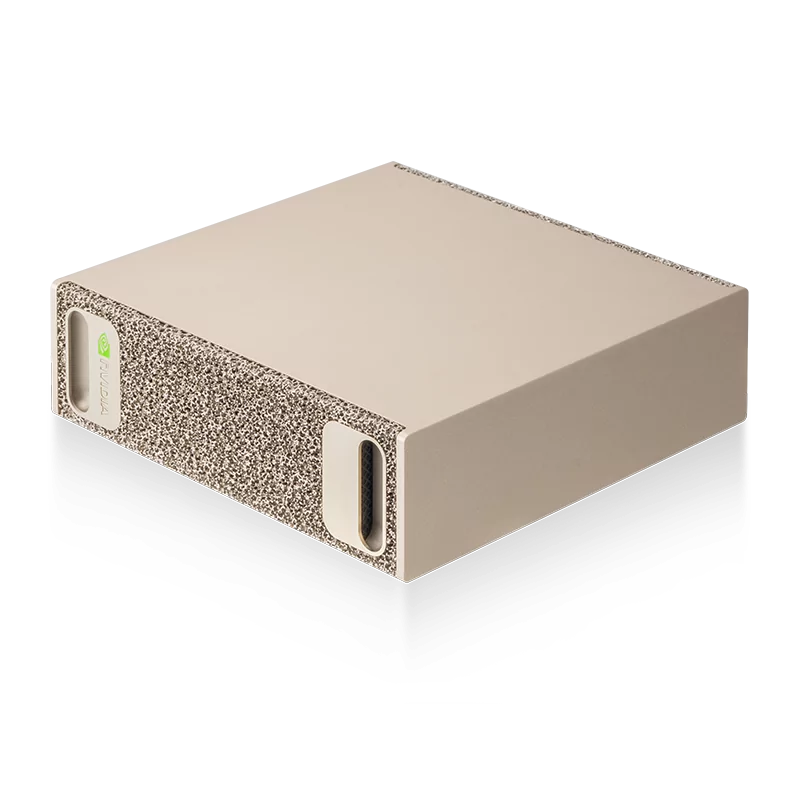SFP (Small Form Factor Pluggable) is a widely adopted 1G optical transceiver package standard defined by IEEE and MSA. It supports transmission rates up to 1.25Gbps, enabling flexible and cost-effective network deployments across a variety of applications, including Ethernet, Fibre Channel, and SONET/SDH. Its compact, hot-swappable design helps maximize network flexibility and simplify maintenance.
NADDOD offers reliable, high-performance SFP transceivers and cables, engineered for stable 1G networking. NADDOD SFP modules deliver consistent low latency and excellent signal integrity, making them ideal for enterprise access networks, metro Ethernet, and telecom infrastructures. To further enhance deployment flexibility and fiber resource utilization, NADDOD also provides 1G BIDI SFP transceivers for bidirectional communication over a single fiber.
